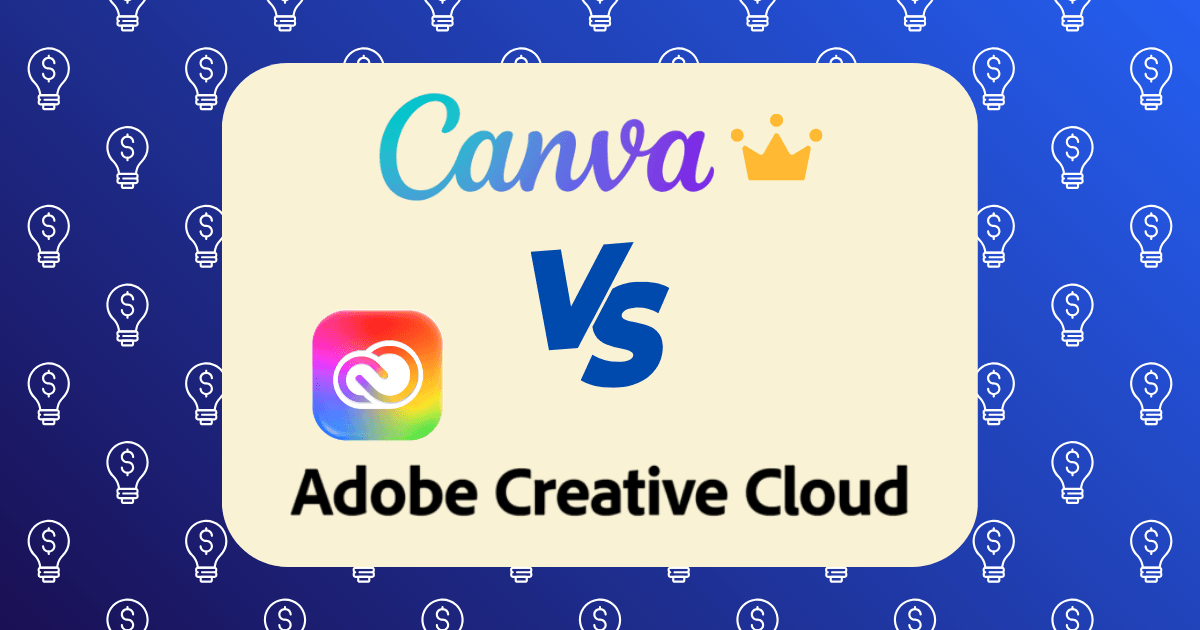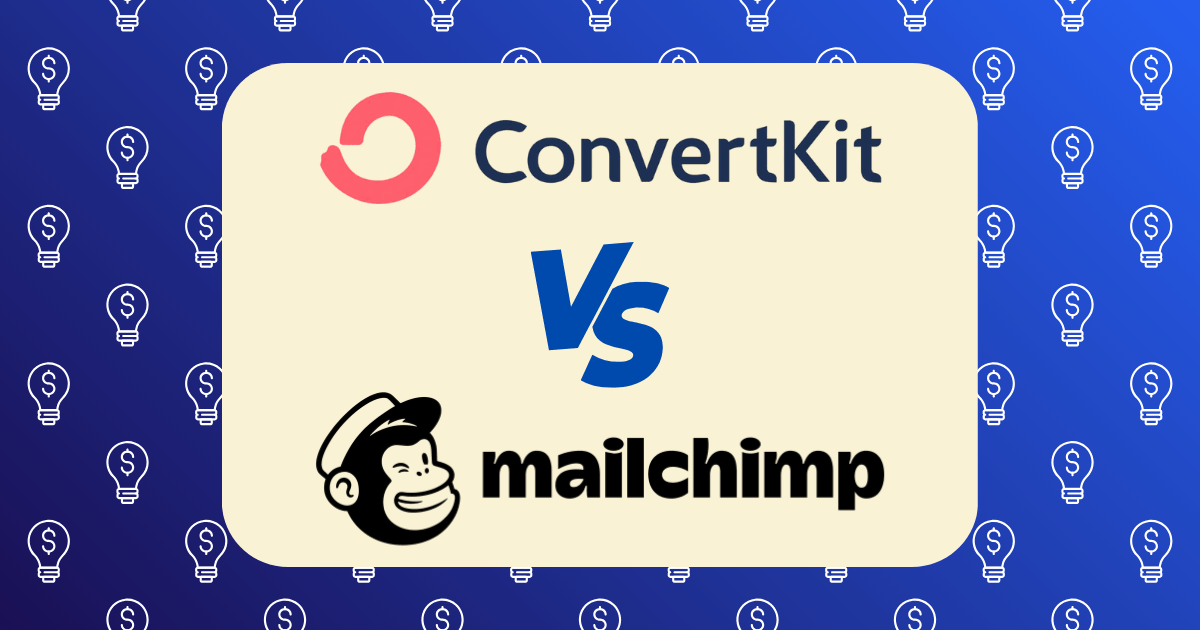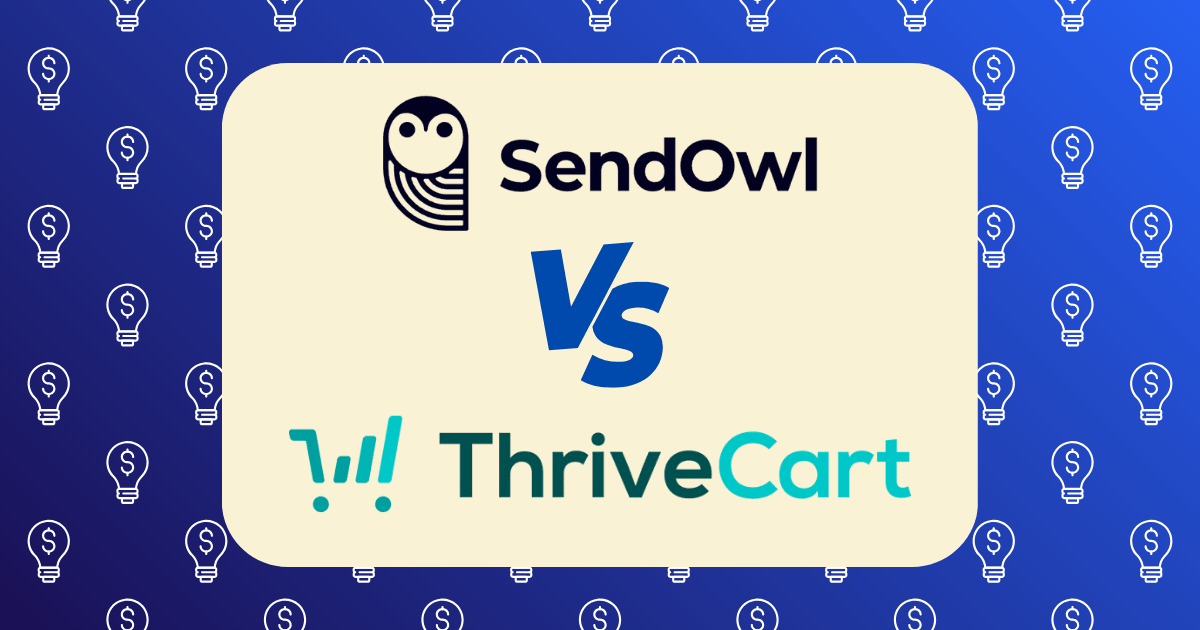Printables That Sell: The 5 Digital Download Categories Making Me $3,000/Month Passively

When I first considered creating digital products, I was skeptical. Could I really build a sustainable income stream by selling downloadable files that people print themselves? Eighteen months later, my skepticism has been replaced with conviction as my printables business consistently generates over $3,000 in monthly passive income—with some months exceeding $4,500.
What makes this business model particularly compelling isn’t just the revenue; it’s the fact that once created, these digital products continue to sell with minimal ongoing effort. According to Shopify, digital products can be created once and sold repeatedly, making them ideal for passive income. This has certainly been my experience.
In this comprehensive guide, I’ll share the five specific printable categories that have proven most profitable for my business, along with the exact strategies I’ve used to create, market, and scale each one. Whether you’re looking to build a side hustle or diversify your existing income streams, this actionable framework will help you capitalize on the growing digital product market—projected to reach $13 trillion by 2029 according to Easy Digital Downloads.
The Psychology Behind Successful Printables
Before diving into specific categories, it’s essential to understand the psychological factors that drive printable purchases. As someone with a background in psychology, I’ve found that the most profitable printables satisfy one or more of these core human needs:
- Desire for organization and control: Printables that help people organize their lives and feel in control of their circumstances
- Need for self-improvement: Products that facilitate personal or professional development
- Aspiration for efficiency: Tools that save time or streamline processes
- Desire for customization: Templates that allow for personalization while providing structure
- Emotional connection: Products that help people express or process emotions
Understanding these psychological drivers has been crucial to my success. Rather than creating printables I personally find appealing, I focus on developing products that address these fundamental needs for my target audience.
Category 1: Financial Planning Printables ($950/month)
Financial planning printables consistently generate the highest revenue in my portfolio, accounting for nearly a third of my monthly income.
Best-Selling Products in This Category:
- Debt Payoff System ($27): A comprehensive bundle including debt snowball worksheets, payment trackers, and celebration milestones
- Budget Binder ($19): A 45-page collection of budgeting worksheets, expense trackers, and savings goal templates
- Financial Goal Planner ($15): A goal-setting system specifically designed for financial objectives
- Investment Tracker ($12): Templates for monitoring investment performance across different accounts and asset classes
Why This Category Performs Well:
Financial anxiety affects approximately 60% of Americans, creating strong demand for tools that provide a sense of control over personal finances. These printables offer tangible systems for managing money, which addresses both the psychological need for organization and the practical need for financial management.
The higher price points in this category are justified by the perceived value—customers understand that effective financial management can save or generate thousands of dollars, making these printables an excellent investment.
Creation Strategy:
For my financial printables, I follow a specific development process:
- Research financial methodologies: I study proven financial strategies (like the debt snowball method) and translate them into actionable worksheets
- Create comprehensive systems: Rather than standalone sheets, I develop cohesive systems that guide users through entire processes
- Include instructional elements: Each financial printable includes clear instructions and examples to ensure users can implement effectively
- Design for accountability: I incorporate tracking mechanisms and visual progress indicators to help users stay motivated
Marketing Approach:
To market these products effectively, I:
- Create educational Pinterest pins about financial topics, linking to my products
- Develop free “lite” versions as lead magnets to build my email list
- Write guest posts for personal finance blogs with backlinks to my products
- Share success stories from customers who have achieved financial goals using my printables
According to Busy Mom Side Hustle, budget planners typically sell for $5-$20 on Etsy, but by creating more comprehensive systems and marketing them effectively, I’ve been able to command premium prices of $15-$27 per product.
Category 2: Business & Productivity Templates ($850/month)
Business templates rank second in my revenue hierarchy, consistently generating around $850 monthly.
Best-Selling Products in This Category:
- Small Business Planner Bundle ($37): A comprehensive set of 35+ templates for small business owners, including invoice templates, client tracking systems, and project planners
- Content Calendar System ($25): An integrated system for planning, creating, and tracking content across multiple platforms
- Client Onboarding Kit ($29): Customizable templates for streamlining the client onboarding process
- Project Management Bundle ($22): A collection of templates for planning and executing projects efficiently
Why This Category Performs Well:
Business owners and professionals are willing to invest in tools that save time and improve efficiency. According to Amasty, planners and templates are in high demand among busy professionals and have low production costs, making them highly profitable.
The psychological principle at work here is the aspiration for efficiency—people value systems that help them work smarter and accomplish more in less time.
Creation Strategy:
My approach to creating business templates includes:
- Identifying common pain points: I research specific challenges faced by my target audience (primarily solopreneurs and small business owners)
- Developing integrated systems: I create templates that work together to solve multiple aspects of a business challenge
- Balancing structure and flexibility: My templates provide clear frameworks while allowing for customization
- Including automation elements: Where possible, I incorporate formulas and automatic calculations to enhance functionality
Marketing Approach:
For business templates, my marketing strategy focuses on:
- LinkedIn content demonstrating the efficiency gains from my templates
- Targeted Facebook groups where business owners discuss productivity challenges
- Case studies showing how specific businesses have implemented my systems
- Strategic partnerships with business coaches who recommend my templates to their clients
By positioning these templates as professional business tools rather than simple printables, I’ve been able to command higher prices than the market average. While Busy Mom Side Hustle notes that business planners typically sell for $10-$40 on Etsy, my focus on comprehensive systems and professional branding allows me to price at the upper end of this range.
Category 3: Educational Printables ($650/month)
Educational printables have proven to be a consistent revenue generator, particularly with the rise of homeschooling and supplemental education.
Best-Selling Products in This Category:
- Homeschool Planner System ($34): A comprehensive planning system for homeschooling parents
- Learning Activity Bundle ($25): Age-specific educational activities for children 3-10
- Study Skills Toolkit ($19): A collection of templates for students to improve note-taking, test preparation, and assignment tracking
- Language Learning System ($22): A structured approach to vocabulary acquisition and practice for language learners
Why This Category Performs Well:
Parents and educators are highly motivated to invest in children’s education, while adult learners seek structured approaches to skill development. The psychological driver here is the need for self-improvement, combined with the desire for organization and structure in the learning process.
According to EzyCourse, educational products are projected to surpass $319 billion by 2025, indicating strong market demand.
Creation Strategy:
For educational printables, I:
- Consult educational standards: I research grade-level expectations to ensure my materials are age-appropriate and pedagogically sound
- Focus on engagement: I incorporate elements that make learning interactive and enjoyable
- Create progressive systems: My educational printables often build skills incrementally, allowing for measurable progress
- Include assessment tools: I provide ways for users to evaluate learning and identify areas for improvement
Marketing Approach:
My marketing strategy for educational printables includes:
- Seasonal promotions: Aligning with back-to-school periods and curriculum planning times
- Educational blog content: Writing articles about learning strategies that incorporate my printables
- Teacher networks: Engaging with educator communities on platforms like Instagram and Facebook
- Free samples: Offering single worksheets from larger bundles to demonstrate quality
While Busy Mom Side Hustle reports that educational printables like flashcards typically sell for $3-$15 on Etsy, my comprehensive systems command higher prices due to their depth and integration of educational principles.
Category 4: Personal Development & Wellness Printables ($350/month)
Personal development printables have shown strong growth over the past year, currently generating approximately $350 monthly.
Best-Selling Products in This Category:
- Goal Achievement System ($24): A comprehensive goal-setting and tracking system based on psychological principles
- Habit Tracker Bundle ($17): A collection of templates for establishing and monitoring daily habits
- Self-Care Planner ($19): A structured approach to prioritizing and planning self-care activities
- Mindfulness Journal ($15): Guided reflection prompts and mindfulness exercises
Why This Category Performs Well:
Personal development remains a growing market as people seek structured approaches to improvement. According to Amasty, meditation guides and wellness content are increasingly sought after due to health trends.
The psychological principle driving sales in this category is the need for self-improvement, combined with the desire for structure and accountability in personal growth endeavors.
Creation Strategy:
For personal development printables, I:
- Research psychological principles: I incorporate evidence-based approaches to behavior change and personal growth
- Create progressive systems: My templates guide users through logical sequences of reflection and action
- Focus on visual appeal: These products particularly benefit from attractive design that motivates consistent use
- Include inspirational elements: I incorporate motivational quotes and prompts to maintain engagement
Marketing Approach:
My marketing for this category focuses on:
- Instagram content: Sharing visually appealing snippets of my printables in use
- Testimonials: Featuring stories of personal transformation from users
- Seasonal campaigns: Aligning with New Year’s resolutions and other natural “fresh start” moments
- Wellness influencer partnerships: Collaborating with coaches and influencers in the personal development space
This category has lower average prices than business or financial printables but benefits from broader market appeal and lower customer acquisition costs.
Category 5: Home Management Printables ($200/month)
While generating the least revenue among my top categories, home management printables provide consistent monthly income with minimal marketing effort.
Best-Selling Products in This Category:
- Home Management Binder ($29): A comprehensive system for managing household tasks, maintenance, and information
- Meal Planning System ($17): Templates for planning meals, creating shopping lists, and organizing recipes
- Cleaning Schedule Bundle ($15): Customizable cleaning routines and tracking systems
- Home Project Planner ($14): Templates for planning and executing home improvement projects
Why This Category Performs Well:
Home management printables address the universal desire for an organized, well-functioning household. The psychological driver here is the desire for organization and control, particularly in an environment as personally significant as the home.
According to Printify, planners and organizational tools consistently rank among the best-selling digital products due to their practical application and immediate value.
Creation Strategy:
For home management printables, I:
- Research pain points: I identify specific household management challenges through surveys and forum research
- Create flexible systems: I design templates that can be adapted to different household sizes and structures
- Focus on visual clarity: I use clean, intuitive designs that can be understood at a glance
- Include instructional elements: I provide guidance on implementing effective home management systems
Marketing Approach:
My marketing strategy for this category includes:
- Pinterest-focused promotion: Creating visually appealing pins showcasing organized homes
- Seasonal content: Aligning with spring cleaning, back-to-school, and holiday preparation periods
- Bundle promotions: Offering discounted bundles of complementary home management printables
- Home management blog content: Writing articles about home organization that incorporate my products
While this category generates less revenue than others, it benefits from lower competition in certain niches and strong seasonal demand patterns.
Implementation Strategy: Creating Your Own Profitable Printables Business
Based on my experience building a $3,000/month printables business, here’s a step-by-step implementation plan you can follow:
Step 1: Market Research and Niche Selection
- Analyze marketplace trends: Study platforms like Etsy, Creative Market, and Gumroad to identify popular categories
- Evaluate competition: Look for niches with demand but room for improvement in existing offerings
- Consider your expertise: Identify areas where your knowledge can add unique value
- Validate demand: Use tools like Etsy’s search analytics, Pinterest trends, and Google Keyword Planner
Step 2: Product Development Strategy
- Start with one category: Focus on developing a comprehensive suite in a single niche before expanding
- Create product hierarchies: Develop entry-level products, core offerings, and premium bundles
- Design for differentiation: Identify specific ways to make your printables stand out (design quality, comprehensiveness, unique methodology)
- Develop your visual brand: Create consistent design elements that become recognizable
Step 3: Production and Quality Control
- Choose appropriate software: I use a combination of Adobe InDesign for complex layouts and Canva Pro for simpler designs
- Establish design templates: Create master templates with consistent branding elements
- Implement quality checks: Test all interactive elements, check for typos, and verify printability
- Create multiple file formats: Provide PDF, editable, and sometimes print-shop versions to maximize usability
Step 4: Platform Selection and Setup
- Evaluate selling platforms: Consider options like Etsy, Shopify, Gumroad, SendOwl, or your own website
- Optimize product listings: Create compelling titles, descriptions, and visuals that address customer needs
- Set strategic pricing: Price based on value provided rather than market averages
- Implement sales funnels: Create pathways from free or low-cost products to premium offerings
Step 5: Marketing and Growth Strategy
- Identify primary traffic channels: Focus on 2-3 platforms where your target audience is most active
- Create a content calendar: Develop consistent content that drives traffic to your products
- Build an email list: Offer free lead magnets to capture email addresses for ongoing marketing
- Analyze and optimize: Track performance metrics and continuously refine your approach
Financial Breakdown: The Economics of My Printables Business
To provide complete transparency, here’s the financial breakdown of my $3,000/month printables business:
Monthly Revenue (Average of Last 6 Months):
- Financial Planning Printables: $950
- Business & Productivity Templates: $850
- Educational Printables: $650
- Personal Development & Wellness: $350
- Home Management Printables: $200
- Total Monthly Revenue: $3,000
Monthly Expenses:
- Etsy and Platform Fees: $270
- Payment Processing Fees: $90
- Software Subscriptions (Canva Pro, Adobe, etc.): $60
- Marketing Costs: $150
- Virtual Assistant (5 hours/week): $200
- Total Monthly Expenses: $770
Monthly Profit: $2,230
Time Investment:
- Initial Product Creation: 80-100 hours (one-time)
- Monthly Maintenance: 10-15 hours
- Customer Support: 5-8 hours
- Marketing: 10-12 hours
- Total Monthly Time Investment: 25-35 hours
This breaks down to approximately $63-$89 per hour, with the hourly rate continuously improving as sales grow without proportional time investment increases.
Common Challenges and Solutions
Building a successful printables business isn’t without challenges. Here are the most common obstacles I’ve encountered and how I’ve overcome them:
Challenge 1: Standing Out in a Competitive Market
Solution: Rather than creating standalone printables, I develop comprehensive systems that solve entire categories of problems. This approach justifies premium pricing and reduces direct competition.
Challenge 2: Dealing with Digital Theft
Solution: I implement watermarking on preview images, use PDF security settings, and focus on continuously creating new products rather than obsessing over potential theft.
Challenge 3: Seasonal Sales Fluctuations
Solution: I’ve developed a diverse product portfolio across multiple categories with different seasonal patterns. I also create special promotions during traditionally slower periods.
Challenge 4: Customer Technical Issues
Solution: I’ve created detailed FAQ pages, video tutorials for accessing and printing files, and templates for common customer questions to streamline support.
Challenge 5: Marketing Consistency
Solution: I use scheduling tools to maintain consistent marketing presence and have developed a content calendar that ensures regular promotion across all channels.
Conclusion: Building Your Printables Empire
Creating a profitable printables business is achievable with the right approach. The key is developing products that address genuine needs, implementing strategic marketing, and continuously optimizing based on customer feedback and sales data.
As the digital product market continues to grow—with projections reaching $13 trillion by 2029 according to Easy Digital Downloads—the opportunity to build a sustainable passive income stream through printables has never been greater.
By focusing on the five categories I’ve outlined and implementing the strategies I’ve shared, you can develop your own profitable printables business. Start with a single category that aligns with your expertise and audience needs, then expand methodically as you validate demand and refine your approach.
Remember that success in this space isn’t about creating the most products; it’s about creating the right products that solve real problems for specific audiences. With strategic execution and consistent effort, you can build a printables business that generates significant passive income for years to come.
Have you created or sold printables online? What categories have you found most profitable? Share your experiences in the comments below.







